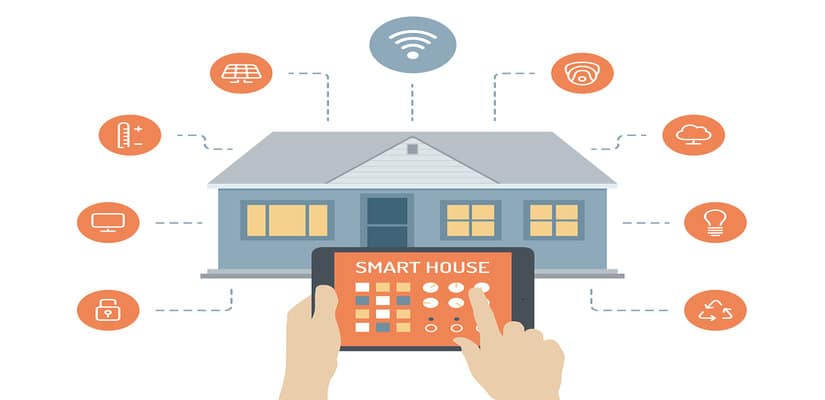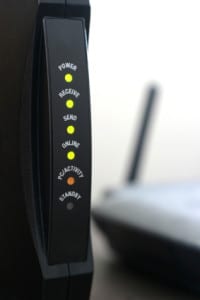Home connected device users are putting their IoT networks at risk by leaving exposed a common service devices use to seamlessly connect and communicate with each other, according to cybersecurity firm Trend Micro. Hackers recently have been found to exploit the Universal Plug and Play (UPnP) service of poorly configured routers and home networking devices, as evidenced by an attack earlier this year that allegedly hijacked thousands of Chromecast streaming dongles, Google Home devices and smart TVs to play an ad for a YouTuber PewDiePie’s channel. This event prompted Trend Micro researchers dig deeper into UPnP, discovering that the potential to exploit this service remains significant as many home users are leaving UPnP enabled–unknowingly or not–and often with older, unpatched versions of the service installed on devices, they said. “In a nutshell, we found that most devices still use old versions of UPnP libraries,” wrote Tony Yang, a Trend Micro […]
Tag: home networking
Concept Worm Could Spread Between Networked Attached Storage Systems
Kelly Jackson Higgins over at Dark Reading has a really interesting story about a researcher who is building a NAS worm. That’s right: some automated malware that will be capable of roaming the Internet finding and compromising consumer network attached storage (NAS) devices. Higgins interviewed Jacob Holcomb, a security analyst at the firm Independent Security Evaluators, has rolled more than two dozen previously unknown and undiscovered (‘zero day’) software vulnerabilities in NAS products into a proof-of-concept, self-replicating worm. According to Higgins, the worm scans for vulnerable services running on NAS systems — mostly web servers — and identifies the type of NAS device and whether it harbors the bugs. If a known, vulnerable platform is discovered, the worm launches the corresponding exploit from its quiver to take control of the device. Compromised devices are then used to scan for other, similar devices. Holcomb has already informed affected vendors – a list that includes […]
Wardriving Goes Corporate: Comcast Turning Residential WiFi Into ‘Millions of Hotspots’
One of the big challenges to the growth of the “Internet of Things” is access. It goes without saying that, without access to the Internet, almost all of the benefits of connected devices disappear. Your smart phone becomes a dumb phone. Your ‘net connected watch or running shoes or car scream into the void – trying desperately to connect to a network that isn’t there. Here in the U.S., that problem has typically been addressed by routing traffic through 3G or – depending on where you live – 4G wireless networks. However, access to those networks is spotty, especially in the sparsely populated Western U.S. According to a survey by the U.S. Federal Communications Commission (FCC), much of the Western U.S. is a 3G wasteland, with little or no access to broadband wireless networks. One solution is to tap the loose network of residential broadband subscribers, allowing them to peel […]
Home Invasion: Home Routers May Be The Next Big Hack
Most of us have broadband at home. It’s always there. It works and, for the most part, we don’t think about it until it goes down. Our amnesia extends to the humble home gateway or broadband router that is our connection to the global Internet. That piece of CPE (or customer-premises equipment) probably sits on our desk, or down in our basement gathering dust. Strong password? Meh. Firmware update? Hey, ‘if it ain’t broke…don’t fix it!” But all those small, insecure devices could add up to a major security crisis for users and their Internet Service Provider (ISP), according to researchers at the firm IOActive. Writing on the IOActive blog, researchers Ehab Hussein (@_obzy_) and Sofiane Taimat (@_sud0) say that millions of vulnerable home routers and gateways are vulnerable to trivial attacks. Those devices could be harnessed by cyber criminal groups, state-backed actors or hacktivists for malware distribution, spam or […]




